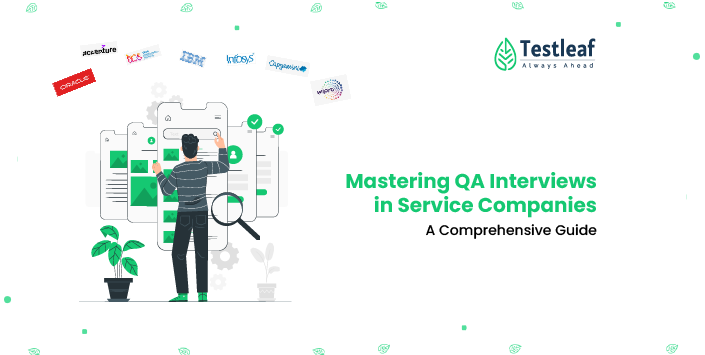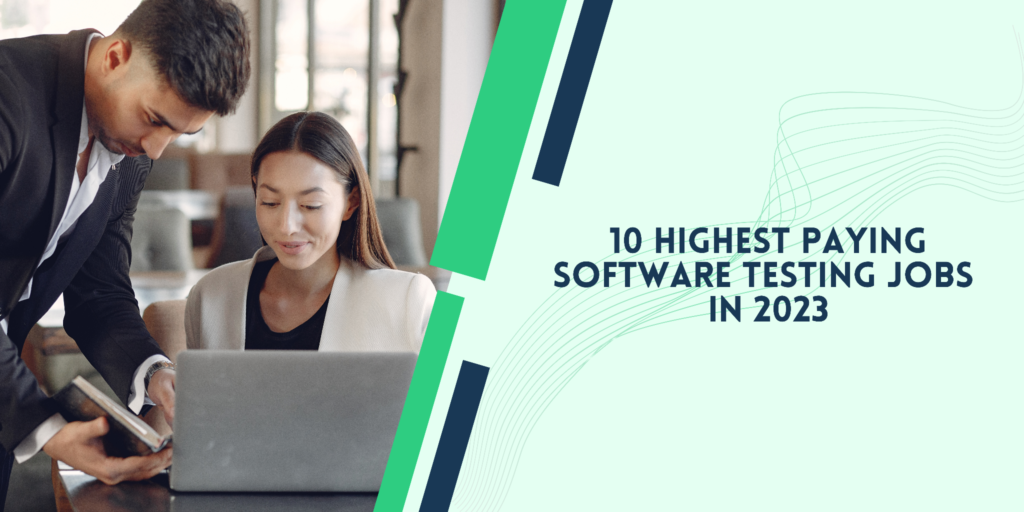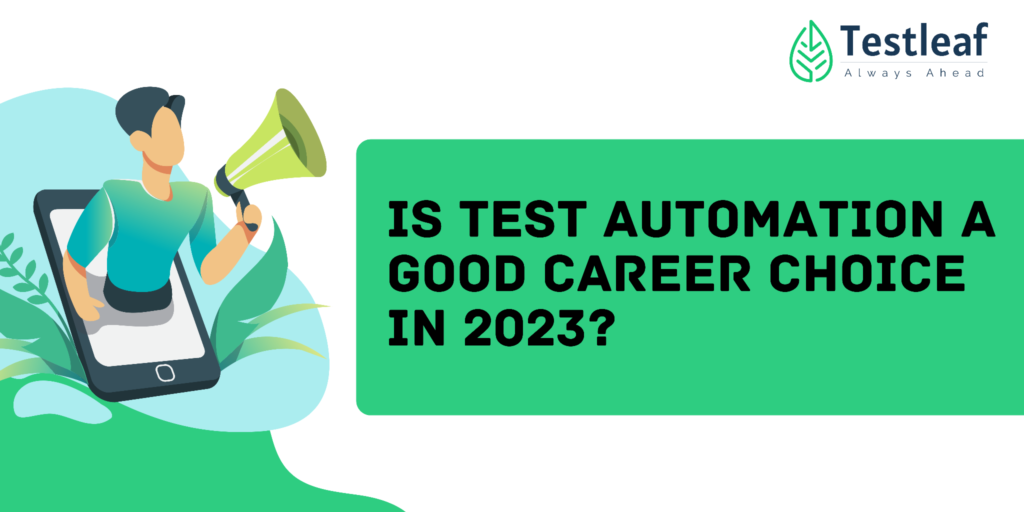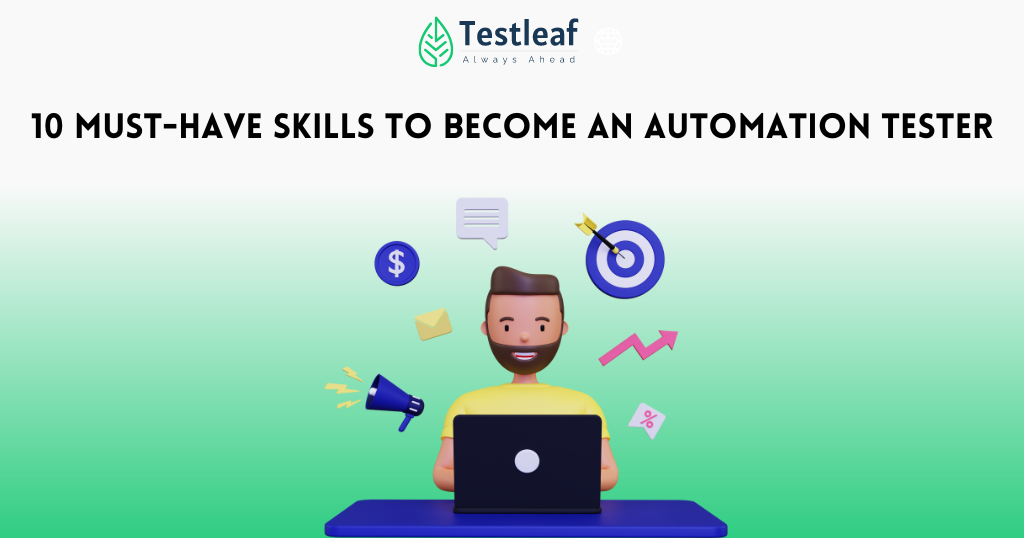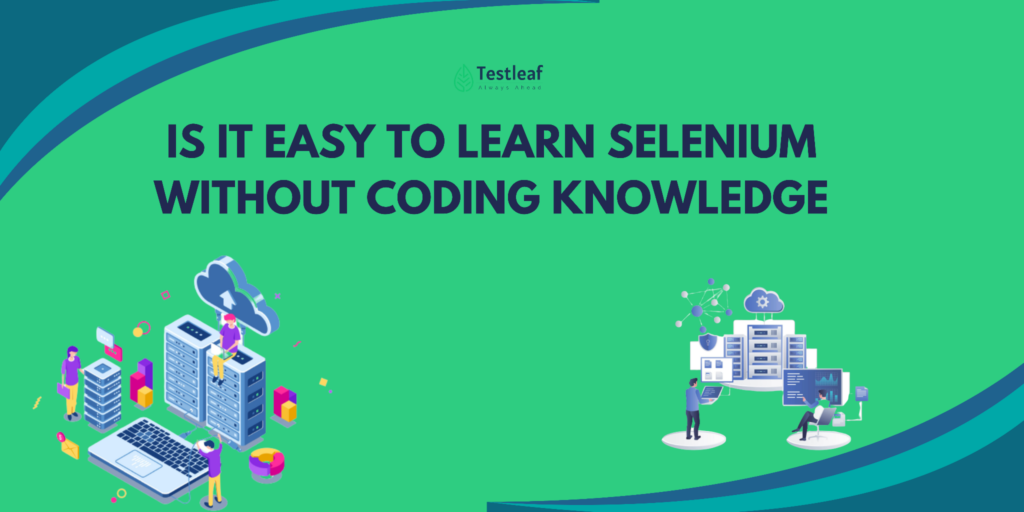Mastering QA Interviews in Service Companies: A Comprehensive Guide
Navigating tech interviews in service companies can be a streamlined yet challenging process. This guide provides an in-depth look into the typical interview pattern, key focus areas, and practical tips to help you excel.
Understanding the Interview Pattern
Service companies typically follow a concise and focused interview process. Here’s what you can expect:
QA – Technical Rounds
The interview process generally involves 1-2 technical rounds, ensuring a comprehensive yet efficient evaluation of your skills. These rounds are typically conducted on weekdays, with each round lasting around 30 minutes.
Structure
Introduction (2-3 minutes): This brief segment allows you to introduce yourself and provide a snapshot of your background and experience.
Java Questions:
-
- Problem-solving: Expect 1-2 easy to medium problems that assess your coding abilities and logical thinking.
- Theoretical: 1-2 questions focused on Object-Oriented Programming (OOP) concepts to gauge your understanding of fundamental principles.
Selenium Questions: A critical part of the interview, this section includes 5-10 questions to test your proficiency with Selenium.
To read Selenium Interview Questions
Framework Questions: You will be asked 1-2 questions about frameworks to assess your practical knowledge and experience in building and using frameworks.
To read Automation Framework Interview Questions
Additional QA Interview Questions
To ensure a well-rounded evaluation, you might also face questions on:
API Basics: 2-3 questions to check your understanding of API interactions.
To Read API Interview Questions
Manual Testing: 1-2 questions to gauge your familiarity with manual testing practices.
To Read Manual Testing Vs Automation Testing
Jenkins: 1-2 questions focusing on Continuous Integration/Continuous Deployment (CI/CD) pipelines.
To Read about Test Automation Guide
SQL: 0-1 question to assess your database query skills.
Java Programming Questions: Top 20 Examples
To Read about Java Interview Questions
Here are some common Java programming questions you might encounter:
- String Methods:
- toCharArray
- length
- contains
- equals
- Array Methods:
- Arrays.sort
- List Methods:
- add
- get
- remove
- contains
- size
- Set Methods:
- add
- size
- contains
- Map Methods:
- put
- getOrDefault / get
- size
- containsKey
Problem-Solving Approach
Focus on practicing 20 problems using:
- for loop
- for-each loop
- while loop
Avoid memorizing solutions. Instead, practice solving them on paper to reinforce your understanding and improve problem-solving skills.
Theory Questions on OOP Concepts
Providing a four-dimensional answer to each OOP concept showcases your depth of knowledge and understanding:
- Theory: Explain the concept in detail.
- Selenium Usage: Example – WebDriver extends SearchContext
- Project Usage: Example – Testcases extends BaseHooks
- Java Usage: Example – List extends Collection
Selenium WebDriver Questions:
Key Areas to Focus On
- WebTable: How to handle dynamic web tables effectively.
- Switch Window Handles: Various methods (e.g., Set -> List -> get, iterator -> next, for-each -> title -> break).
- XPath Patterns: Using following and sibling.
Additional Learning
- ChromeOptions: Understand and explain its use, enhancing your capability to configure browser settings programmatically.
Framework Questions:
Common Framework Explanation
When asked to explain your framework, provide a detailed description of its daily execution process:
- Jenkins Job/Pipeline:
- Triggered at 10 PM IST, a Jenkins job or pipeline initiates the process.
- Git WebHook pulls the latest code to the Jenkins workspace, ensuring the most recent updates are included.
- Maven Goal (test):
- The Maven goal ‘test’ calls testng.xml, which organizes and runs the test cases.
- Executes test cases with TestNG annotations, automating the testing process.
- Browser Launch:
- WebDriver initiates the browser, setting the stage for automated testing.
- Data Handling:
- Data fetched from XLS files using Apache POI is passed to the Data Provider, ensuring data-driven testing.
- Test Execution:
- Each step is reported with snapshots via ExtentReports, providing detailed and visual feedback.
- Final Reporting:
- HTML report generated by Jenkins is shared through email, summarizing the test results.
Physical Structure of Framework
- Hooks: Setup and teardown actions.
- Tests: Actual test cases.
- Wrappers: Helper functions and utilities.
- Utils: Common utilities.
- Features: Specific functionalities tested.
By understanding and preparing for these aspects, you can navigate the interview process in service companies with confidence and clarity.
Feel free to share your thoughts or experiences in the comments below. Your feedback helps us improve and provide more targeted content for our readers. For an in-depth discussion, listen to the top 30 questions in the audio format provided.
Author’s Bio:

As CEO of TestLeaf, I’m dedicated to transforming software testing by empowering individuals with real-world skills and advanced technology. With 24+ years in software engineering, I lead our mission to shape local talent into global software professionals. Join us in redefining the future of test engineering and making a lasting impact in the tech world.
Babu Manickam
CEO – Testleaf
